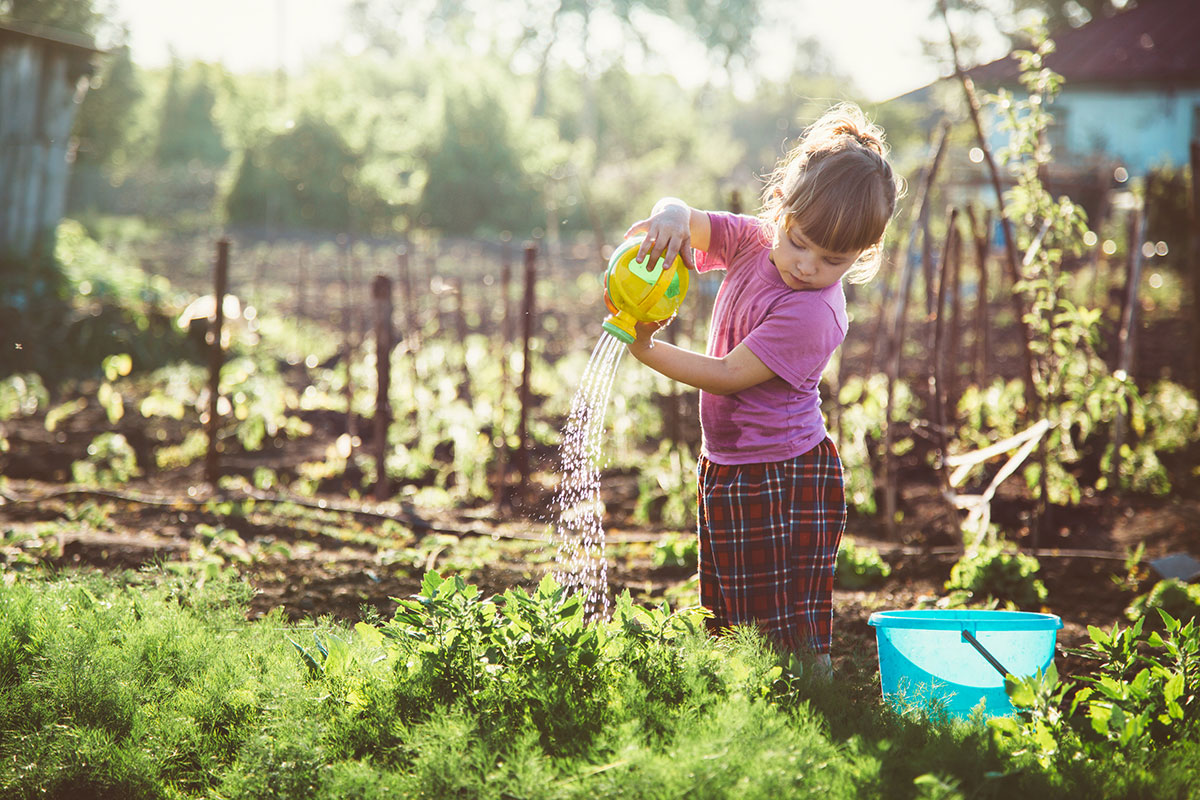
Having your own garden is such a rewarding hobby. Not an expert on perennials? Not a problem. With these gardening tips for beginners, you’ll have a green thumb in no time.
Know your yard
It’s important to understand that not everything grows everywhere. Where you live determines what you plant — even climate and sun exposure will affect what you plant in your garden. Pay close attention to where the sun hits your yard and how long that light stays there. You’ll get the best gardening results once you know how much or how little sunlight you’re working with.
Test your soil
Testing your soil will tell you if it’s acidic, neutral, or alkaline. Most plants prefer neutral soil but it ultimately depends on what you will grow in your garden. A soil test will also indicate what elements your soil is missing and if it has enough nutrients.
Make a plan
Once you’ve tested your soil and understand how much sunlight your yard gets, you can start planning! This is the exciting part where you decide what kind of plants you want and where to plant them. Not sure where to start? Check out Better Home and Gardens, Fine Gardening, or simply take a stroll through your neighborhood and take note of what you like.
Keep in mind that not all plants are good neighbors. Be sure to do your research and choose plants that are good companions for each other.
Plant with care
Don’t immediately grab your shovel when you have the plants and flowers you want. What you end up choosing will determine when and how you plant it. Did you choose perennials? Biennials? What about annuals? These all grow and flower best at different times of the year so be sure to grow yours at the optimum times.
Learn more about annuals, biennials, and perennials.
Water, water, water
We can’t stress enough how important it is to water your plants on a regular basis — consistency is key. The best time to water your plants is early in the morning when the sunlight isn’t as strong (right before you leave for work!) Water them directly at the base and avoid wetting the foliage. This will allow the water to get deep into the soil so it reaches the roots. But remember: don’t drown your plants!
Check out these dos and don’ts for watering your garden.
Prevent weed growth
Weeds love to grow in our gardens and compete with our plants. Pulling them out may seem simple, but if they aren’t removed completely, they’ll keep on coming back to steal your plants’ water and nutrients. You can remove them by hand, hoe, or by using chemical products. The best time to remove weeds is when the soil is damp because it’s looser, making it easier to pull out the roots.
Patience is key
Gardening takes time, so don’t expect flowers to start blossoming the next day. Impatience could lead to overwatering, so relax and enjoy the ride!
Rewards all around
Gardening also has many health benefits — it reduces your stress levels, exposes you to Vitamin D (good for the immune system), and works new muscles in your body, improving strength and flexibility.
